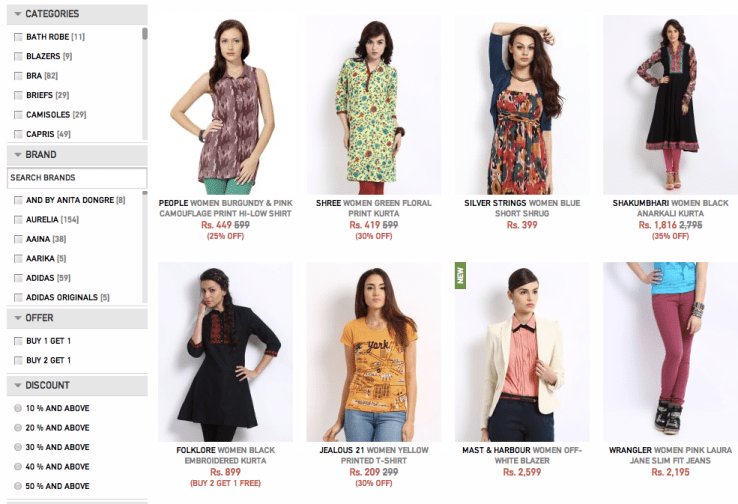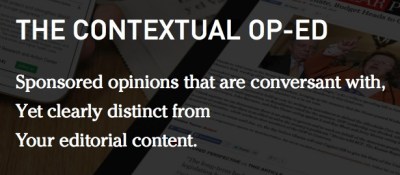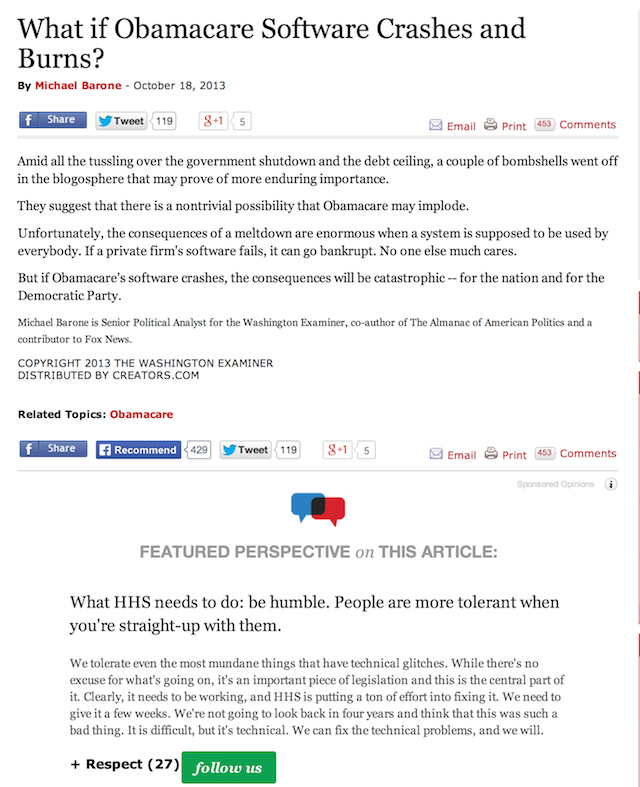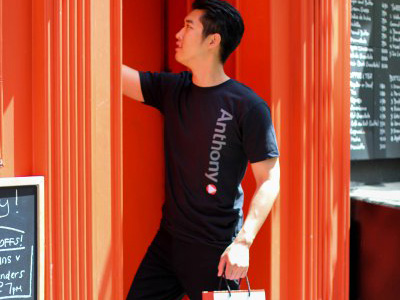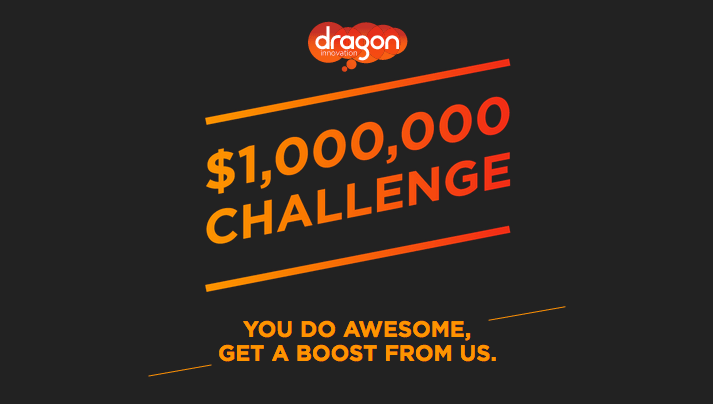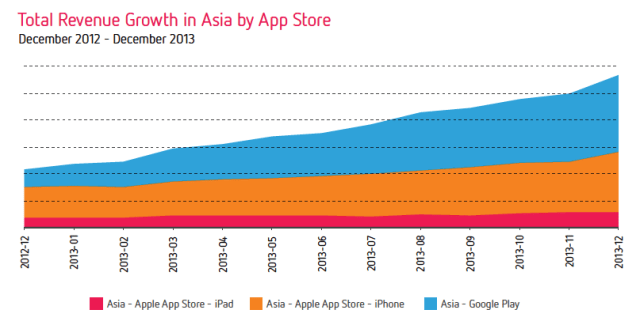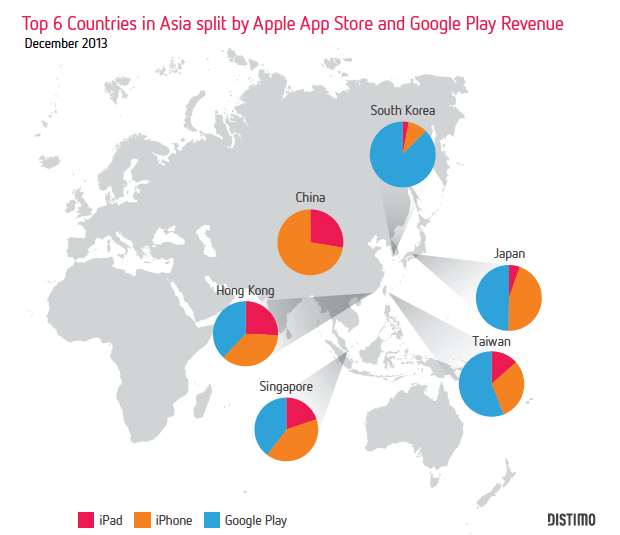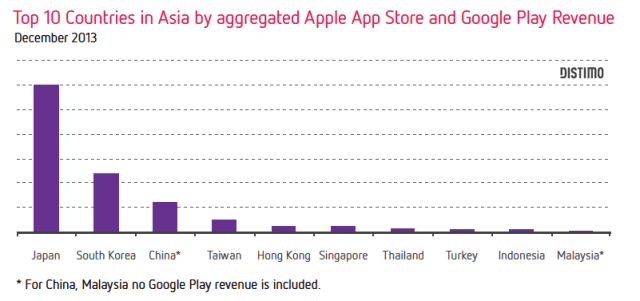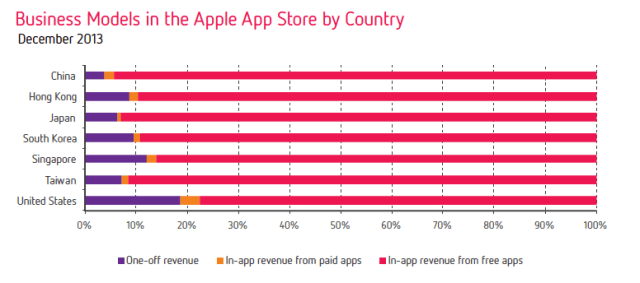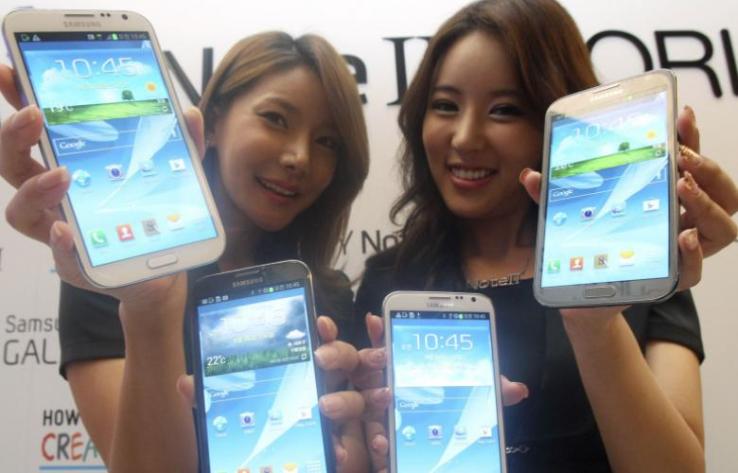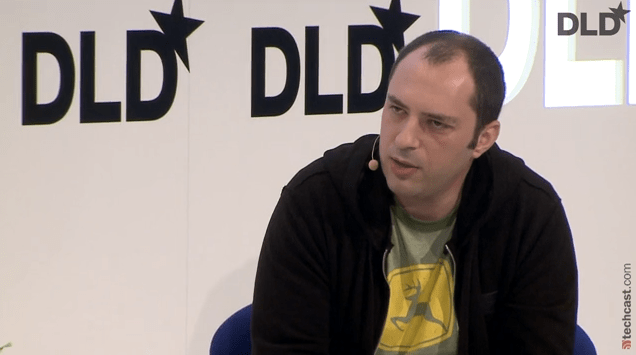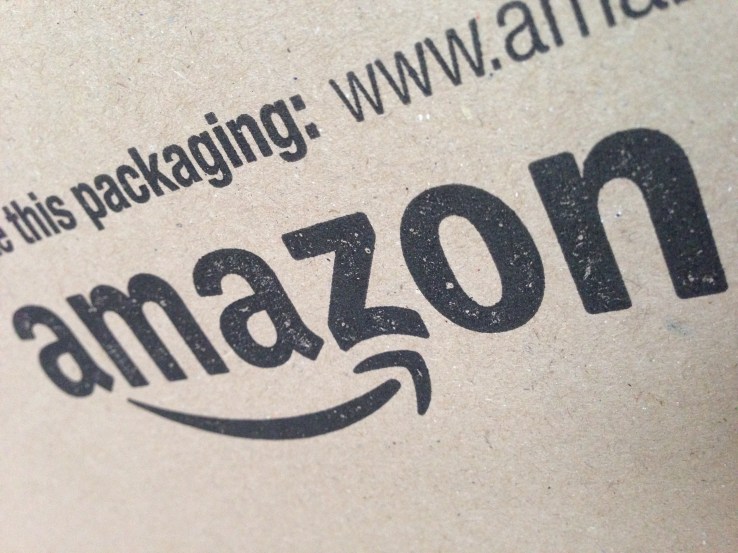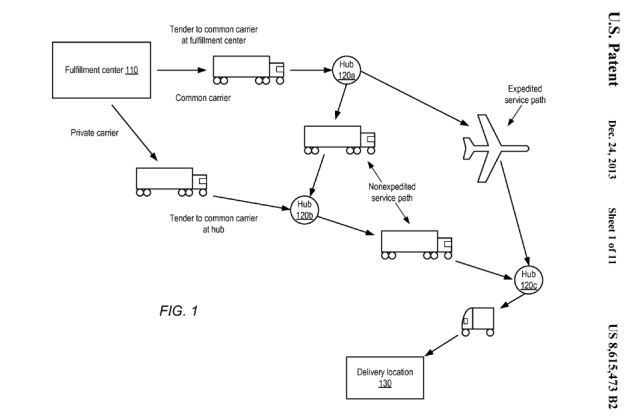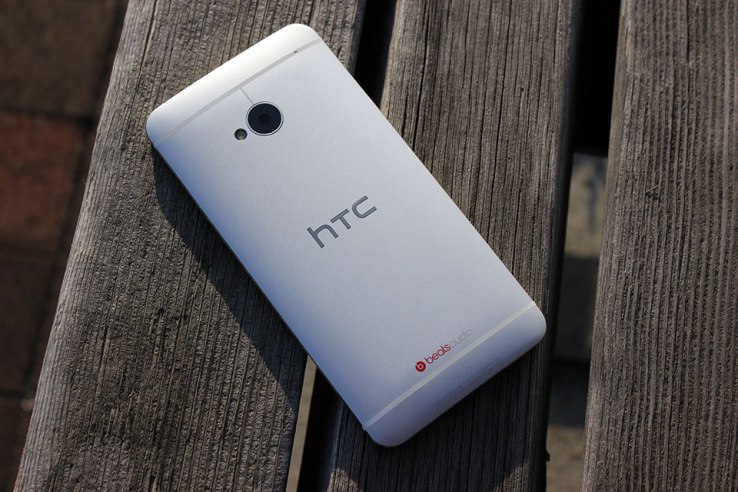
Editor’s note: James Altucher is an investor, programmer, author, and several-times entrepreneur. His latest book is “Choose Yourself!â€Â (foreword by Dick Costolo, CEO of Twitter). Follow James on Twitter @jaltucher.
In 2002 I was driving to a hedge fund manager’s house to hopefully raise money from him. I was two hours late. This was pre-GPS and I had no cell phone. I was totally lost.
I kept playing over and over again “Lose Yourself†by Eminem.
I was afraid this was my one shot and I was blowing it. I was even crying in my car. I was going broke and I felt this was my one chance. What a loser.
Finally I got there. The hedge fund manager was dressed all in pink. His house was enormous. Maybe 20,000 square feet. His cook served us a great meal. I had made him wait two hours to eat. And he had cancer at the time. I felt really bad.
Then we played chess and it was fun and he gave me a tour of the house. One room was just for toys made in 1848. He had a squash court inside the house.
Another room had weird artifacts like the handwritten notes from when Lennon and McCartney were first writing down the lyrics for “Hey Jude.â€
Another was the official signed statement by Ted Kennedy in the police station after he reported the Chappaquiddick accident that may have ultimately played a part in his decision to not run for president.
Eventually I did raise money from this manager and it started a new life for me.
But that’s not why I bring up Eminem at all.
The song “Lose Yourself†is from the movie “8 Mile.†Although I recommend it, you don’t have to see it to understand what I am about to write. I’ll give you everything you need to know.
Eminem is a genius at sales and competition and he shows it in one scene in the movie.
A scene I will break down for you line by line so you will know everything there is to know about sales, cognitive bias, and defeating your competition.
First, here’s all you need to know about the movie.
Eminem plays a poor, no-collar, self-proclaimed “white trash†guy living in a trailer park. He’s beaten on, works crappy jobs, gets betrayed, etc. But he lives to rap and break out somehow.
In the first scene he is having a “battle†against another rapper and he chokes. He gives up without saying a word. He’s known throughout the movie as someone who chokes under pressure and he seems doomed for failure.
Until he chooses himself.
The scene I will show you and then break down is the final battle in the movie. He’s the only white guy and the entire audience is black. He’s up against the reigning champion that the audience loves.
He wins the battle and I will show you how. With his techniques you can go up against any competition.
First off, watch the scene (with lyrics) before and after my explanation.
Here is the scene:Â http://www.youtube.com/watch?v=gatNLacOjC8

Watch it right now.
Ok, let’s break it down. How did Eminem win so easily?
Setting aside his talent for a moment (assume both sides are equally talented), Eminem used a series of cognitive biases to win the battle.
The human brain was developed over the past 400,000 years. In fact, arguably, when the brain was used more to survive in nomadic situations, humans had higher IQs then they had today.
But one very important thing is that the brain developed many biases as short-cuts to survival.
For instance, a very common one is that we have a bias towards noticing negative news over positive news.
The reason is simple: if you were in the jungle and you saw a lion to your right and an apple tree to your left, you would best ignore the apple tree and run as fast as possible away from the lion.
This is called “negativity bias†and it’s the entire reason newspapers still survive by very explicitly exploiting this bias in humans.
We no longer need those short-cuts as much. There aren’t that many lions in the street. But the brain took 400,000 years to evolve and it’s only in the past 50 years maybe that we are relatively safe from most of the dangers that threatened earlier humans.
Our technology and ideas have evolved but our brains can’t evolve fast enough to keep up with them. Consequently, these biases are used in almost every sales campaign, business, marketing campaign, movie, news, relationship, everything.
Almost all of your interactions are dominated by biases, and understanding them is helpful when calling BS on your thoughts or the actions of others.
You have to learn how to reach past the signals from the brain and develop intuition and mastery over these biases.
1) In-group Bias
Notice Eminem’s first line: “Now everybody from the 313, put your mother-f*cking hands up and follow meâ€.
The 313 is the area code for Detroit. And not just Detroit. It’s for blue-collar Detroit where the entire audience, and Eminem, is from.
So he wipes away the outgroup bias that might be associated with his race and he changes the conversation to “who is in 313 and who is NOT in 313″.
2) Herd Behavior
He said, “put your hands up and follow me.†Everyone starts putting their hands up without thinking. So their brain tells them that they are doing this for rational reasons.
For instance, they are now following Eminem.

3) Availability Cascade
The brain has a tendency to believe things if they are repeated, regardless of whether or not they are true. This is called Availability Cascade.
Notice Eminem repeats his first line. After he does that he no longer needs to say “follow me.†He says, “look, look.â€
He is setting up the next cognitive bias.
4) Distinction Bias Or Outgroup BiasÂ
Brains have a tendency to view two things as very different if they are evaluated at the same time as opposed to if they were evaluated separately.
Eminem wants his opponent “Papa Doc†to be evaluated right then as someone different from the group, even though the reality is they are all in the same group of friends with similar interests, etc.
Eminem says: “Now while he stands tough, notice that this man did not have his hands up.â€
In other words, even though Papa Doc is black, like everyone in the audience, he is no longer “in the group†that Eminem has defined and commanded: the 313 group.
He has completely changed the conversation from race to area code.
5) Ambiguity Bias
He doesn’t refer to Papa Doc by name. He says “this man.†In other words, there’s “the 313 group†which we are all a part of in the audience and now there is this ambiguous man who is attempting to invade us.
Watch presidential campaign debates. A candidate will rarely refer to another candidate by name. Instead, he might say, “All of my opponents might think X, but we here know that Y is betterâ€.
When the brain starts to view a person with ambiguity it gets confused and CAN’T MAKE CHOICES involving that ambiguity. So the person without ambiguity wins.
6) Credential Bias
Because the brain wants to take short cuts, it will look for information more from people with credentials or lineage than from people who come out of nowhere.
So, for instance, if one person was from Harvard and told you it was going to rain today and another random person told you it was going to be sunny today you might be more inclined to believe the person from Harvard.
Eminem does this subtly two lines later. He says, “one, two, three, and to the four.â€
This is a direct line from Snoop Doggy Dogg’s first song with Dr. Dre, “Ain’t Nothin But a G Thing.†It is the first line in the song and perhaps one of the most well-known rap lines ever.
Eminem directly associates himself with well-known successful rappers Dr. Dre and Snoop when he uses that line.
He then uses Availability Cascade again by saying, “one Pac, two Pac, three Pac, four.†First, he’s using that one, two, three, and to the four again but this time with Pac, which refers to the rapper Tupac. So now he’s associated himself in this little battle in Detroit with three of the greatest rappers ever.
7) Ingroup/Outgroup
Eminem points to random people in the audience and says “You’re Pac, He’s Pac,†including them with himself in associating their lineages with these great rappers.
But then he points to his opponent, Papa Doc, makes a gesture like his head is being sliced off and says, “You’re Pac, NONEâ€. Meaning that Papa Doc has no lineage, no credibility, unlike Eminem and the audience.
8) Basic Direct Marketing: List The Objections Up Front
Any direct marketer or salesperson knows the next technique Eminem uses.
When you are selling a product, or yourself, or even going on a debate or convincing your kids to clean up their room, the person or group you are selling to is going to have easy objections.
They know those objections and you know those objections. If you don’t bring them up and they don’t bring them up then they will not buy your product.
If they bring it up before you, then it looks like you were hiding something and you just wasted a little of their time by forcing them to bring it up. So a great sales technique is to address all of the objections in advance.
Eminem’s next set of lines does this brilliantly.
He says, “I know everything he’s got to say against me.â€
And then he just lists them one by one:
“I am whiteâ€
“I am a fuckin bumâ€
“I do live in a trailer with my momâ€
“My boy, Future, is an Uncle Tomâ€
“I do have a dumb friend named Cheddar Bob who shot himself with his own gunâ€.
“I did get jumped by all six of you chumpsâ€
And so on. He lists several more.
But at the end of the list, there’s no more criticism you can make of him. He’s addressed everything and dismissed them. In a rap battle, (or a sales pitch), if you address everything your opponent can say, he’s left with nothing to say.
When he has nothing to say, the audience, or the sales prospect, your date, your kids, whoever, will buy from you or listen to what you have to say.
Look at direct marketing letters you get in email. They all spend pages and pages addressing your concerns. This is one of the most important techniques in direct marketing.
9) Humor Bias
Eminem saves his best for last. “But I know Something About You†he says while staring at Papa Doc.
He sings it playfully, making it stand out and almost humorous. There is something called Humor Bias. People remember things that are stated humorously more than they remember serious things.
10) Extreme Outgroup
“You went to Cranbook.†And then Eminem turns to his “313 group†for emphasis as he explains what Cranbook is. “That’s a private school.â€
BAM!
There’s no way now the audience can be on Papa Doc’s side but Eminem makes the outgroup even larger. “His real name’s Clarence. And his parents have a real good marriage.â€
BAM and BAM! Two more things that separate Papa Doc from the crowd. He’s a nerdy guy, who goes to a rich school, and his parents are together.
Unlike probably everyone in the audience, including Eminem. No wonder Papa Doc doesn’t live in the 313, which was originally stated somewhat humorously but is now proven without a doubt.
11) Credential bias (again)
Eminmen says, “There ain’t no such thing asâ€â€¦ and the audience chants with him because they know exactly what he is quoting from “Halfway Crooks!†a line from a song by Mobb Deep (I did their website back in 1998), another huge East Coast rap group. So now Eminem has established lineage between himself and both the West Coast and the East Coast.
And by using the audience to say “Halfway Crooks†we’re all in the same group again while “Clarence†goes back to his home with his parents at the end of the show.
12) Scarcity
The music stops, which means Eminem has to stop and let Papa Doc have his turn. But he doesn’t. He basically says “F*ck everybodyâ€, “F*ck y’all if you doubt me.†“I don’t wanna win. I’m outtie.â€
He makes himself scarce. After establishing total credibility with the audience he basically says he doesn’t want what they have to offer.
He reduces the supply of himself by saying he’s out of there. Maybe he will never come back. Reduce the supply of yourself while demand is going up and what happens? Basic economics. Value goes up.
He’s so thoroughly dominated the battle that now, in reversal to the beginning of the movie, Papa Doc chokes. He doesn’t quite choke, though. There’s nothing left to say. Eminem has said it all for him.
There’s no way Papa Doc can raise any “objections†because Eminem has already addressed them all. All he can do is defend himself, which will give him the appearance of being weak. And he’s so thoroughly not in the “313 Group†that there is no way to get back in there.
There’s simply nothing left to say. So Eminem wins the battle.
And what does Eminem do with his victory? He can do anything.
But he walks away from the entire subculture. He walks off at the end of the movie with no connection to what he fought for.
He’s going to Choose Himself to be successful and not rely on the small-time thinking in battles in Detroit.
He’s sold 220 million records worldwide. He discovered and produced 50 Cent who has sold hundreds of millions more (and is another example of “Choose Yourself†as Robert Greene so aptly describes in his book “The 50th Lawâ€).
Doesn’t it seem silly to analyze a rap song for ideas how to be better at sales and communicating? I don’t know. You tell me. I’ve exposed myself so much in my blog posts. In fact, I don’t hit “Publish†on something unless I’m afraid of how people will react.
When you expose yourself there are many many ways for people to attack you. People will stab you and hurt you. But you can’t create art unless you show how unique you are while being inclusive with others who share your problems.
I’m still scared when I hit publish. But I love that final feeling of risk and fear. The rush. The carriage return. Click.
